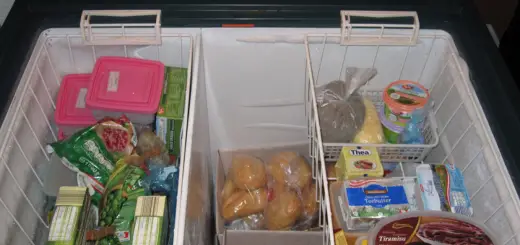Interior insulating. Main materials and their features
Interior insulating is an option for reducing heating costs and increasing the comfort of your home. Even if outside insulation is the first option, to avoid indoor interference and not to take out space in the house, in some cases the interior one is the best or only solution.
Both outside and inside insulating is not recommended, because this will prevent your walls from “breathing”, leading to a high level of indoor humidity, dampness and mold.
Inside insulating is necessary in particular situations. If you live in an apartment building that is not insulated, you won’t get the authorization to insulate only your apartment on the outside. Also, a house of architectural value that needs to be preserved can’t be insulated on the outside. Interior insulating is also the solution for only a certain room in your house, one that you don’t use very often.
Here are the main materials used for interior insulating.
Interior insulating. Expanded polystyrene
This material is the most popular for outside insulation, due to its low cost. If you want to use it on the inside, but not take out too much space, you’ll need a thinner one.
It is essential to remove the plaster and old paint from your walls beforehand. In other words, you need to get to the wall. Before gluing the polystyrene, prime the walls.
Prepare the adhesive and spread it on one side of the polystyrene pieces with a plasterer’s hawk. Then glue them to the walls and cover them in fiberglass mesh.
Interior insulating. Extruded polystyrene
Extruded polystyrene is more compact and dense and is especially created for interior insulating.
Start by cleaning the walls and then prime. Apply the polystyrene with special adhesive and let it dry. Fix the polystyrene with dowels and apply a layer of adhesive. After it dries, apply two layers of plaster, then prime for adherence and pore sealing. Let it dry again and ultimately apply the paint. Some professionals say interior insulating shouldn’t be done with polystyrene because it causes dampness and that mineral wool is more efficient, though more expensive.
Interior insulating. Mineral wool and drywall
In this case, the insulating procedure implies fixing drywall on a frame and filling with mineral wool. After fixing the drywall, apply adhesive mesh on the edges. Then cover with a special plaster. Before using this insulating procedure, consider that you’ll loose 2 inches per wall.
Interior insulating. Composite panels
Using composite panels is innovative in interior insulating. Made of polystyrene and drywall glued together, composite panels require less work. Moreover, according to a study, humidity is absent inside panel walls. The polystyrene adhesive is applied in the form of a belt on the edges of the panel and then it can be glued to any wall surface – reinforced concrete, wood, ACC, brick, etc. For a better adherence, prime the wall beforehand. Composite materials must be applied with precision one next to the other, removing the joints. Also remove all adhesive excess. Ultimately, cover the surface joints with drywall reinforcing tape and paste.
Interior insulating with paste
Using paste for interior insulating has the advantage of not reducing the inside surface. It needs to be applied in two layers, the first being 1 mm thick. The second layer will be applied with a roller using liquid insulation.
Firstly, the wall needs priming, but if it was already affected by mold, it must be cleansed and treated before with anti-mold solution for 12 hours. Paste or liquid insulation is partially washable, it can be painted, polished and lime-washed afterwards.
Interior insulating. Cellulose fiber
Cellulose fiber insulating is the modern and ecological solution for thermal and phonic insulation. It is injected into the wall. The raw material is organic, obtained from recycled paper. It’s also fireproofed and treated with antiseptic solution to prevent fungus and pests (rodents, insects, etc.).
Cellulose fiber thermal conductivity is 0,037 kW/mK better than the classical mineral wool or polystyrene insulating materials (fiber glass mineral wool: 0,044 W/mK, basaltic mineral wool: 0,042 W/mK, expanded polystyrene: 0,045 W/mK).
Cellulose fiber insulating efficiency
Due to its physical properties, cellulose fiber reaches narrow spaces, pipes and electric conductors and fills all pores for a best thermal insulation. Moreover, for a better drying, cellulose spreads humidity evenly in the cavities where it’s being used.
Sources: renovat.ro, izolatiacasei.ro, termocel.ro


















